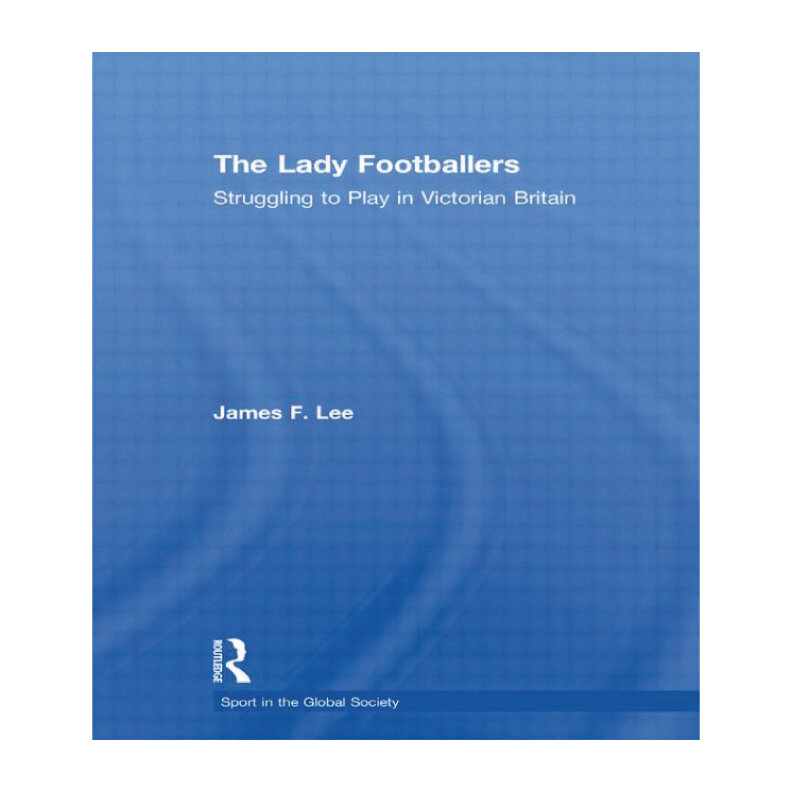The Lady Footballers and the British Press, 1895
This book tells the story of ‘the Lady Footballers’. It covers their 1895 and 1896 tours through the eyes of the largely unsympathetic British press. It explains gender issues of the time, and the financial problems that doomed this experiment.
Despite increasing opportunities in sport for British women during the late nineteenth century, virtually every segment of society opposed the idea of women playing football. In 1895, Nettie Honeyball and Florence Dixie formed the British Ladies’ Football Club (BLFC) intending to introduce the game to women and girls as a means of recreation and profit, over 10,000 spectators crowded the football ground in London to watch the BLFC in its first match. Nearly every London newspaper covered the event.
These women endured public ridicule. They ignited the gender prejudice of the time, and confronted it head on wearing ‘men’s’ kit, and playing ‘men’s rules.’ Football's mystique was that it was a manly sport for men, thus these women footballers symbolized a paradox: those playing well were gender freaks; those not playing well proved it was a male game.
This book was a finalist for the 2008 Lord Aberdare Prize, awarded by the British Society of Sports History.
